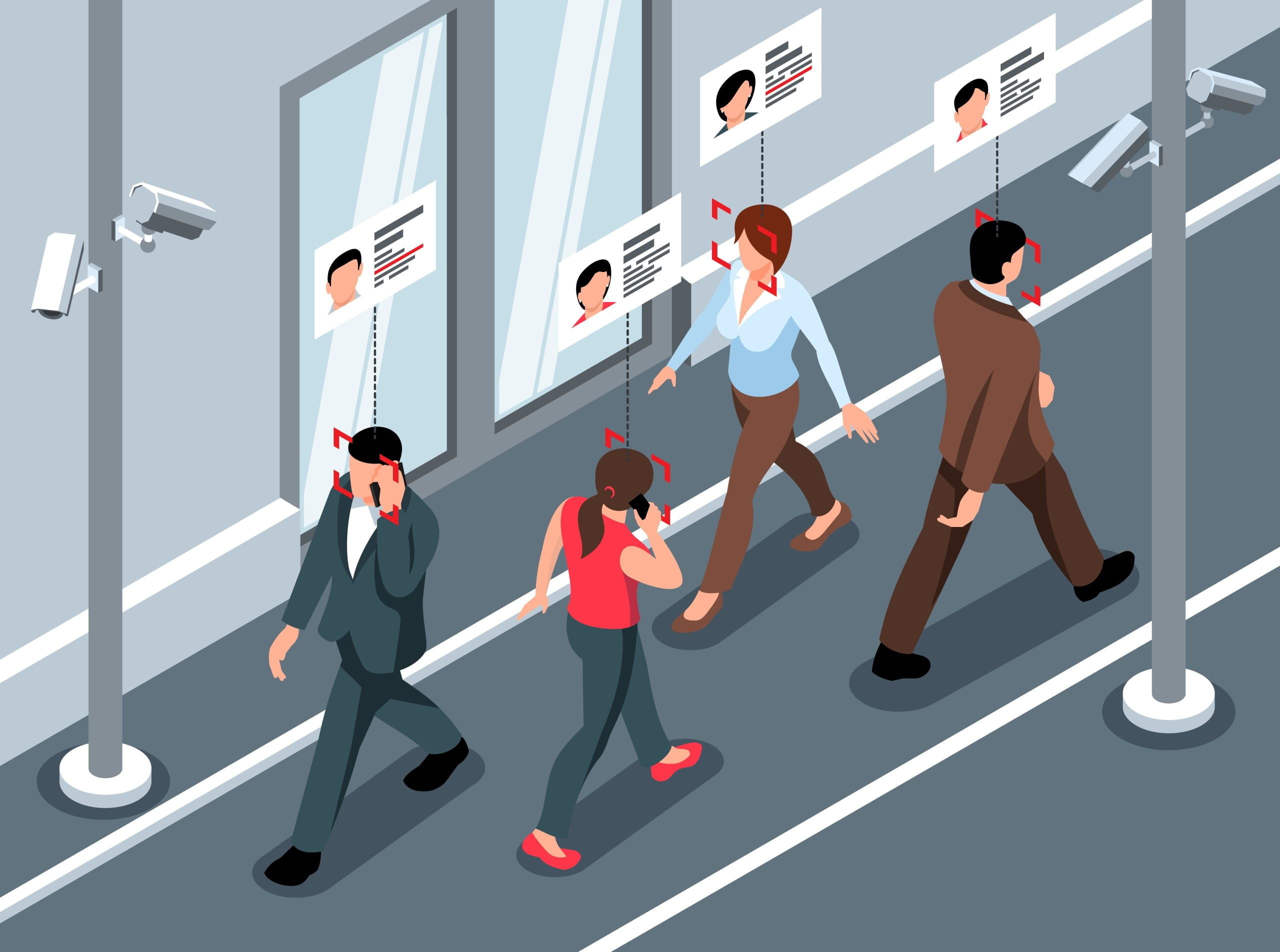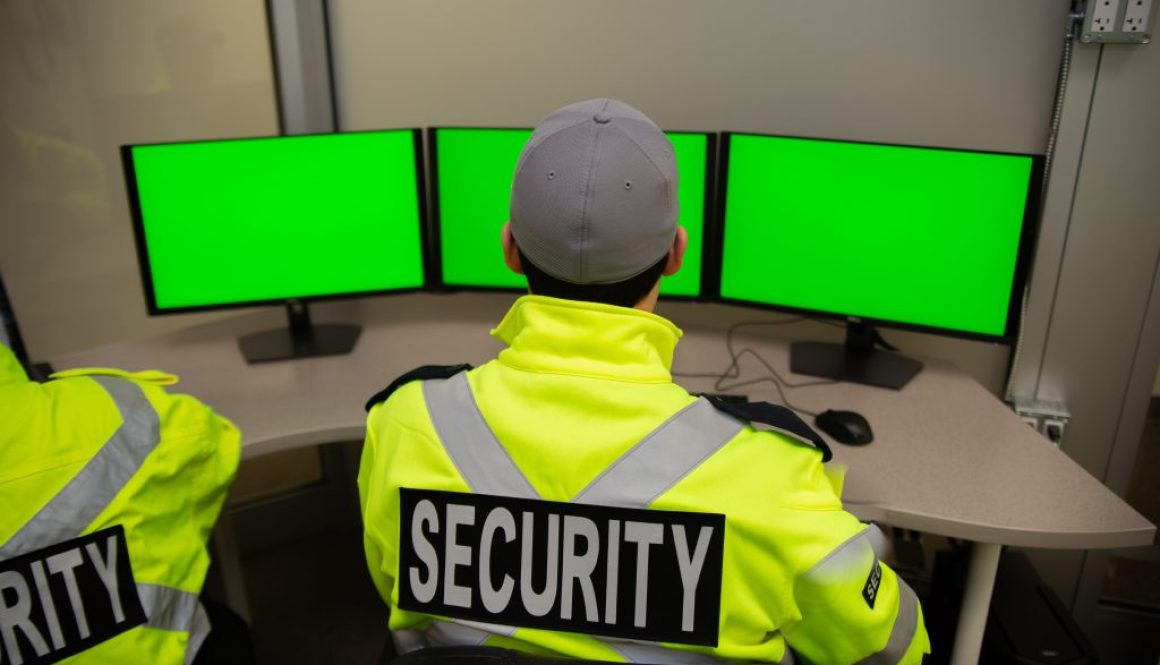Benefits of AI Video Surveillance in Manufacturing
There is an increased need for video surveillance in the manufacturing and metal fabrication industries. This is partly due to a change in the way people work as a result of the COVID-19 pandemic, but also because of an increased awareness among managers to optimize production and reduce costs. In this scenario, introducing Artificial Intelligence (AI) in video surveillance and Augmented Reality (AR) has the potential to transform operations and empower managers to manage work more effectively. At the same time, AI can help to streamline manufacturing processes and provide real-time monitoring and security. So, how can we unlock these business benefits of AI video surveillance? This blog will analyze this topic in greater detail.
Unlocking Efficiency

CCTV surveillance has long been an indispensable tool for security, but its capabilities have expanded far beyond monitoring entrances and exits. With the integration of AI, managers can identify and optimize operational processes across a variety of areas, including staff, logistics, manufacturing, and production. Through machine-learning, AI video surveillance systems have been trained to detect people and vehicles with incredible accuracy. Alerts of vehicle movements enhance monitoring of production & shipment progress.
Heatmaps detailing areas of use can change the layout of work floors, storefronts, or office spaces. People detection, counting and queue management capabilities are built into AI video surveillance systems, enabling rapid response to customer service, more efficient logistics, and improvement in communication between employees across different departments, buildings, and locations. Real-time monitoring of employee activities allows for immediate response and intervention when necessary. Intelligent video monitoring by managers is especially valuable in industries where coordination and synchronization among team members are crucial for success.
Prioritizing Workplace Safety

Workplace health and safety (WHS) is of paramount importance for any business. AI video surveillance acts as a vigilant partner in preventing WHS issues and accidents. By analyzing footage, AI algorithms can identify potential hazards and unsafe practices, such as possible accidents during manufacture of pressure vessels. This proactive approach not only protects employees from harm but also shields businesses from potential legal and financial liabilities. Moreover, AI-powered surveillance can detect signs of a negative work environment, harassment, and abusive behaviour. Identifying such issues early on enables management to intervene and create a healthier workplace culture. It is necessary to protect the staff and business by implementing video surveillance policies that work to safeguard the well-being of staff and management.
Remote Security and Access Control

One of the most remarkable features of AI video surveillance is its capability for face, number plate, and metadata (attributes of people and vehicles, e.g.: vehicle colour) recognition. The latest AI video surveillance products offer the means to create permissions or blocklists for access control, thus improving security by granting or denying entry based on recognized faces. The system captures detailed vehicle number plates for accurate evidence and streamlines management by allowing searches based on specific characteristics such as clothing or vehicle colour. Each tagged AI video event allows one to zero in and export key moments across multiple cameras when incidents occur without having to search through hours of footage. These technologies can rapidly transform the way managers, especially those working remotely or off-site, take control of assets and allocate effort.
Closing Statement

It can be observed that AI video surveillance has multiple applications such as remote-site management, monitoring material and machinery arrival, adhering to specifications and requirements (e.g., during manufacturing of water tanks), ensuring worker safety and, site security. Thus, AI video surveillance is no longer confined to the realm of security; it has evolved into a catalyst for efficiency, safety, and strategic decision-making. In time, AI will no longer be an option in video surveillance – it will become a necessity!

